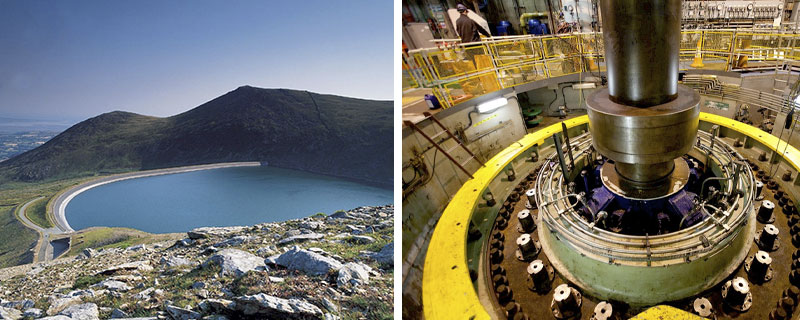First new long-duration energy storage in 40 years
Dinorwig’s operational characteristics and dynamic response capability are still acknowledged the world over
Long-duration energy storage is required to support the UK’s renewable power fleet and bolster the country’s energy security, the Department for Energy Security and Net-Zero (DESNZ) said in a statement. Some 20 GW of new capacity could save the system GBP24 billion between 2025 and 2050, it added.
The UK already has four pumped-storage power stations representing 2.8 GW: First Hydro Holdings Co.’s 1.7-GW Dinorwig and 360-MW Ffestiniog power stations in Wales and Drax Group PLC’s 440-MW Cruachan and SSE PLC’s 300-MW Foyers facilities in Scotland. The newest site, Dinorwig, entered operation in 1984.
“We are reversing a legacy that has seen no new long-duration storage built for 40 years, and taking steps to unleash private investment in both established and new technologies,” UK Energy Minister Michael Shanks said. “With these projects storing the surplus clean, homegrown energy produced from renewable sources, we can boost our energy security by relying less on fossil fuels, protect household bills and help deliver our key mission to make Britain a clean energy superpower.”
The cap-and-floor program will provide revenue support to developers should their annual gross margin — the difference between their electricity revenues and cost of charging — fall below a set threshold.
The DESNZ said floor levels are set deliberately low to minimize the likelihood of their use, while still providing comfort to investors that operators can meet debt payments if revenues are lower than expected. It stressed that floor levels are “not high enough for the asset owners to make a profit” and are “merely a form of insurance.”
A similar cap-and-floor regime is used for electricity interconnectors that connect Britain with its European neighbors. Under that program, no floor payments have been made but developers have shared revenues with consumers, the DESNZ said.
The new support program for energy storage will be designed by UK regulator Ofgem and be split into two application routes, one for mature technologies and another dedicated to innovation.
The program forms part of the Labour government’s effort to fully decarbonize the UK’s power system by 2030, which includes a massive acceleration of wind and solar capacity and billions of pounds in funding for carbon-capture technology, among other initiatives.
Source: S&P Global







Leave a Reply
Want to join the discussion?Feel free to contribute!